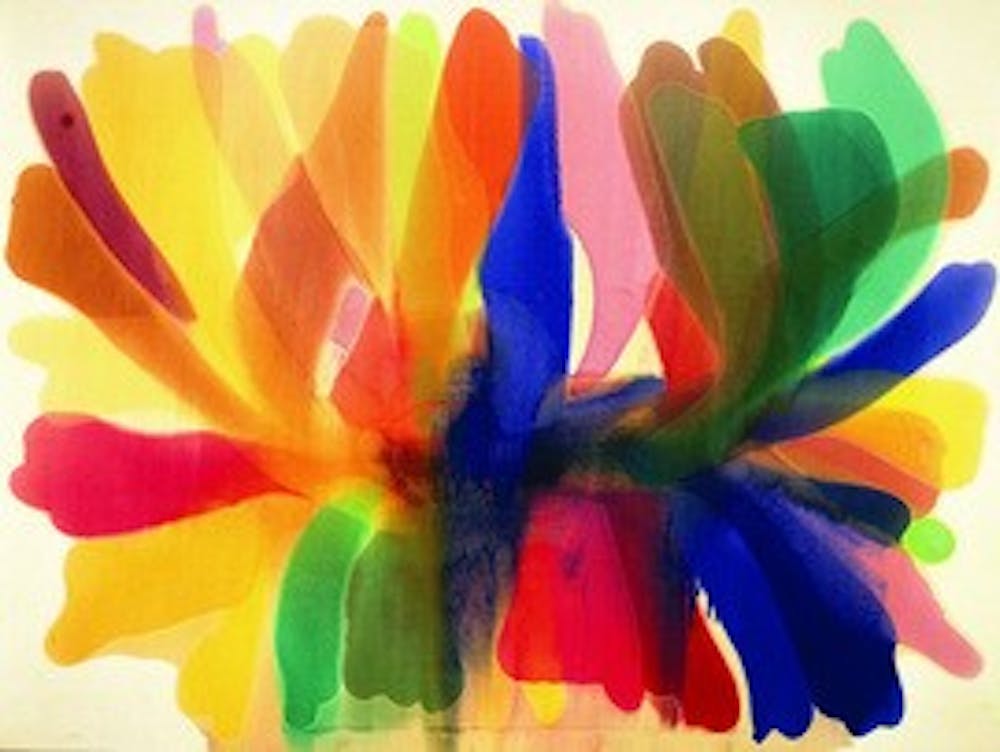People often portray Washington, D.C., as a city full of straight-laced politicos bustling from Capitol Hill to the Beltway and back again. As true as that stereotype might be, the District played the stage for one of the greatest post-World War II art movements in the U.S.
Oversize vibrant canvases characterize the work of the Washington Color School, an offshoot of the nationwide Color Field movement. Color field painting is defined by expanses of color close in tonal value and intensity, large presentations and simple compositions. Color is the subject matter, and simple colors, geometric forms and compositions are arranged to make the viewer feel implied emotions without them being explicitly displayed, according to art historian David Anfam in Oxford Art Online.
In 2007, curator Jean Lawlor Cohen executed a huge retrospective called "ColorField.remix" that spanned multiple museums throughout the city and displayed the best and the brightest of this movement. Though the exhibit ended more than a year ago, the movement that is the pride of the D.C. art scene still flourishes within the city's boundaries.
In a statement on the exhibit's Web site, Lawlor Cohen is quick to point out that though the artists associated with this movement may have had similar results, they were never truly a cohesive group. Their methods, goals and even the circles they traveled in varied greatly.
The movement began in 1965 when the "Washington Color Painters" exhibit opened at the now-defunct Washington Gallery of Modern Art and continued to flourish through the early '70s. The painters featured in this exhibit, and those considered to be the heart of the Washington Color School, included Morris Louis, Tom Downing, Gene Davis, Paul Reed, Howard Mehring and Kenneth Noland.
Since the Washington Gallery of Modern Art closed its doors in 1968, art-lovers looking to be enveloped by the vibrancy of the Color School have needed to look elsewhere.
The place to start for those looking to explore the Washington Color School would have to be the American Art Museum's "Local Color: Washington Painting at Midcentury." The exhibit features the work of nearly every major Color School painter.
It strives to move beyond the movement's restrictive label and looks at the works of other D.C. artists, like Sam Gilliam and Alma Thomas, who worked with color during the period. Many considered artists like Gilliam and Thomas to be at the very least followers of the movement, if not members themselves.
The Smithsonian American Art Museum's permanent collection also houses several works by Color School artists.
The Hirshhorn Museum, the Phillips Collection and the National Gallery of Art also feature paintings by Color School artists in their permanent collections, though they are not always on display. The galleries rotate the items on display from their permanent collections.
Though the heyday of the Washington Color School has come and gone, the movement left an indelible mark on the D.C. art scene. Noland taught at Catholic University's art department, and Gilliam actually taught art in the D.C. public school system. Much of the art coming from D.C. since the 1960s has felt the Color School's influence, and the movement maintains its status as the only school to come out of Washington.





